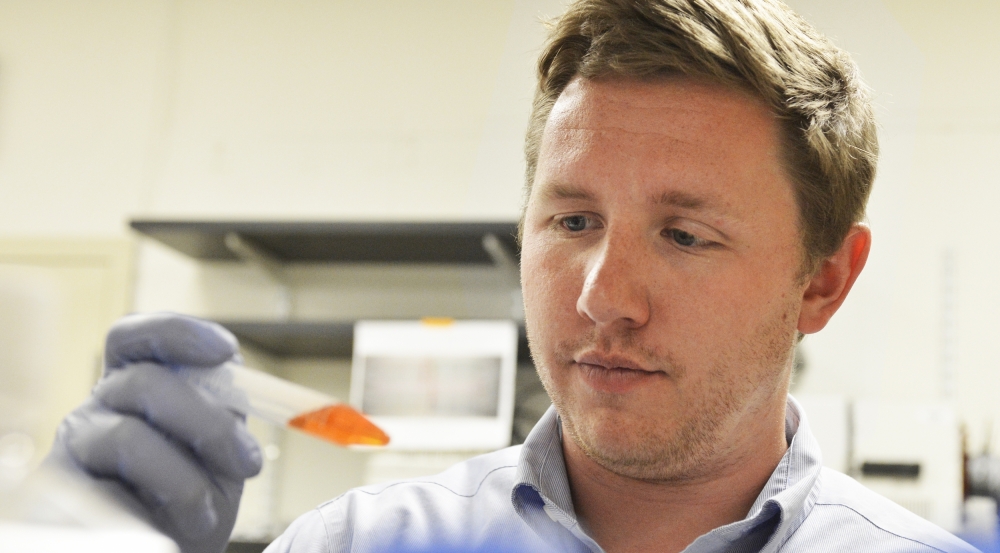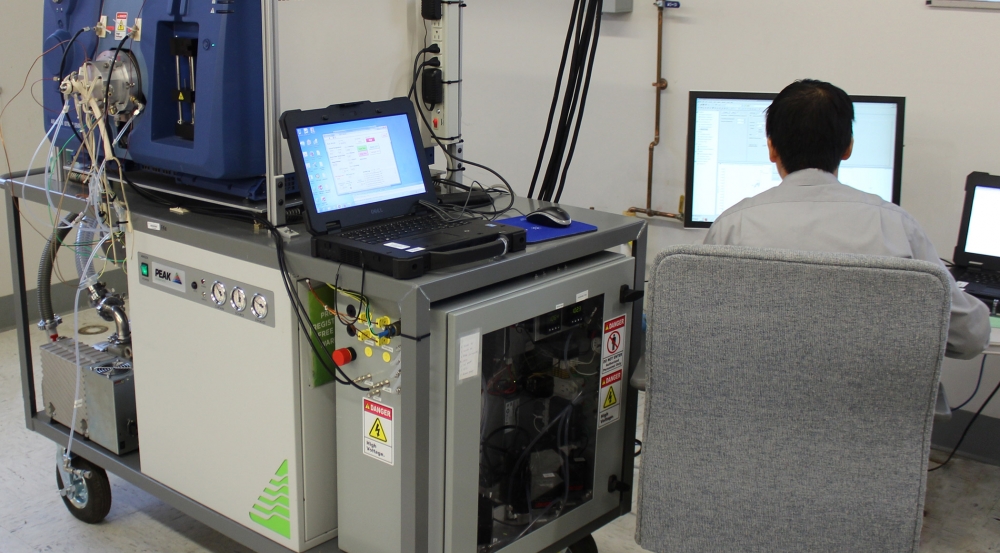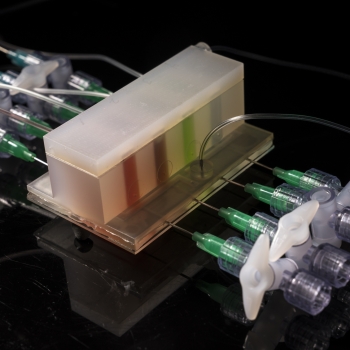Biological and Chemical Laboratories

Lincoln Laboratory has developed extensive biology and chemistry capabilities over the past 20 years. Our multidisciplinary staff have significant experience in maturing early-stage research and integrating electronics, microfluidics, and optics hardware with synthetic biological systems, toward developing novel bio-based materials, sensors, and platforms.

Supported by experts in bioinformatics and machine learning, our team operates within secure Biosafety Level 2 laboratory spaces. These spaces support both wet and dry biology needs, including those in the following areas:
Wet Biology
- Genetic sequencing
- Synthetic biology and microfluidics
- Biology, biochemistry, and virology
- Tissue injury spectroscopy
- Ultrasonic shear-wave testing
Dry Biology
- Biomedical speech/hearing and neurocognitive analysis
- Acoustic simulation and analysis
- Mild traumatic brain injury triage collection and analysis
- Medical sensor rapid prototyping
- Multimodal standoff biometrics
- Multimodal immersion and psychophysiology
- Physiological monitoring and biomechanics
The Lincoln Laboratory Supercomputing Center, Defense Fabric Discovery Center, extensive 3D-printing capabilities, and analytical and synthetic chemistry labs enhance our work. Together, we've led the creation, maturation, and transition of several biotechnology-based systems that are now commercially available.

